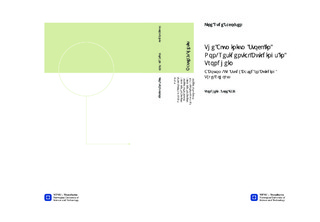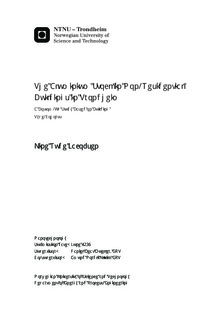| dc.description.abstract | Aluminium scrap is a valuable commodity in a monetary sense, but also in the sense that its utilization is an important step in reducing greenhouse gas emissions. It is both beneficial and necessary that an increasing share of the world s aluminium demand is supplied by recycled aluminium. In order to prepare and optimize extraction of metal from the anthroposphere, decision makers must be informed on where, when, how much, and in what form the scrap flows will emerge. The building sector is frequently quoted as the largest repository of aluminium, however, little quantified information on the secondary resource reservoir in buildings currently exists.This study use a bottom-up method to quantify the in-use stock of aluminium in non-residential buildings in the Norwegian city of Trondheim. 81 office and business (O&B) buildings and 12 university and college (U&C) buildings were investigated through a field study. Five components made up the inventory: windows, doors, HVAC, curtain walls and solar shading. The Al density of the individual buildings were calculated, and the mean Al densities of nine age-type building cohorts were found. The in-use aluminium stock of the non-residential buildings is 2.9 kt, or 16.9 kg/cap. Windows and curtain walls are the most significant building components, each constituting 41% of the in-use stock. The per-capita in-use stocks are 10.27 kg/cap in O&B buildings, and 1 kg/cap in U&C buildings, and the largest repositories are within buildings constructed in the 1980 s and the 1990 s for O&B and U&C, respectively. It was found that Al densities peaked in the 1990 s for both building types 1.06 kg Al/m2 for O&B and 1.13 kg Al/m2 for U&C.Although the aluminium stock in non-residential buildings in Trondheim is small compared to other countries, it is proved to be a good reserve for the mining of secondary aluminium. An increase in future scrap flows is expected. | nb_NO |

